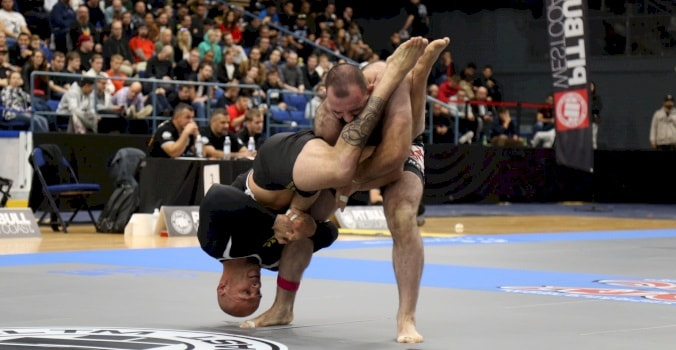In the training room we are confronted with these two ways to improve our techniques. Let’s first understand what which one of them stands for.
Drilling: Mastery begins with precision. In the realm of Jiu Jitsu, drilling is our laboratory, our haven for refining techniques to perfection. It’s where we meticulously dissect movements, ensuring our foot placement, grips, and transitions are as seamless as the flow of water. This deliberate repetition embeds the mechanics into our muscle memory, laying the groundwork for confident execution when the pressure is on. When learning new movements drilling has a special role because it will develop a sense of awareness of how to perform a given technique. Make sure to connect with your training partner to give you just enough resistance to make your practice realistic without add unnecessary resistance. The idea is to get as close to reality without having to fight for it, this way body positioning, grips and weight distribution can be understood.
Sparring (rolls): It’s the proving ground where we face the unpredictability of a resisting opponent. Every roll presents a unique puzzle, testing our adaptability, problem-solving skills, and composure under pressure. Sparring isn’t just about executing techniques; it’s about embracing the variables, the resistance, and using them as catalysts for growth. It’s where we evolve from mere practitioners to tacticians, honing our ability to apply techniques dynamically in real-time.
Maintaining perspective during sparring rounds is key. It’s easy to get caught up in the intensity and forget the primary purpose of training: skill acquisition. Think of the training mat as your laboratory, a space to experiment and refine your techniques.
While simulating competition has its place, the core of your training is about gauging your proficiency in executing techniques against resistance. Each sparring round isn’t just a test of strength or endurance; it’s an opportunity to decode the variables thrown at you. It’s a chance to study different reactions, timings, and nuances that you might not encounter during drills. Embrace each round as an opportunity for discovery, a chance to refine your game by learning from the live feedback of your opponent’s reactions. That’s where the real growth happens.
This delicate dance between drilling and sparring forms the backbone of our journey, sculpting us into well-rounded, resilient grapplers.

Specific Training: The Cheat Code
Specific training bridges the gap between drilling and sparring, offering a focused approach to target specific areas of your game. It’s like zooming in on a particular puzzle piece rather than tackling the entire puzzle at once.
Imagine you’re aiming to master the art of escaping the mount. By setting a clear goal—escaping while your partner aims to submit you—you create a microsystem solely dedicated to honing that skill. Resetting upon achievement maintains the focus on that precise scenario, providing repeated opportunities to navigate the intricacies of escaping from the mount.
This method maximizes your training efficiency. Instead of sporadically encountering the mount in a full sparring session, you intentionally immerse yourself in that specific challenge. It’s like turning a magnifying glass onto a particular technique, allowing for more repetitions, problem-solving, and understanding within that confined context. This targeted practice ultimately accelerates skill acquisition and proficiency in that specific aspect of your game.
Gradually escalating the level of resistance is a strategic approach to integrating new techniques into your game. It’s akin to climbing a staircase—one step at a time, steadily advancing towards mastery.
Imagine you’ve just unlocked a new technique. Starting off by applying it against white belts offers a controlled environment. Here, you can fine-tune the mechanics, observe initial reactions, and gain confidence as you experience some success. This phase serves as a foundational stage, allowing you to understand the nuances of the technique in action.
As you build proficiency and confidence, it’s time to elevate the challenge. Progressively engaging with higher belts, such as blue belts and beyond, introduces increased resistance. This step-by-step approach not only helps in refining the technique but also exposes you to varied reactions and defenses from more skilled opponents. It’s like calibrating your technique against increasingly formidable challenges, ensuring a more comprehensive understanding and application as you climb the ranks of resistance.
The Bigger Picture
As we conclude our exploration, remember: every moment on the mat is a canvas for growth. From the meticulous refinement of techniques in drilling to the exhilarating of sparring, each aspect plays a pivotal role in our evolution as Jiu Jitsu practitioners. Embrace the journey, relish the challenges, and savor the victories—big or small. Keep rolling, keep learning, and keep pushing the boundaries of your potential. Until next time, stay dedicated, stay passionate, and keep weaving your masterpiece on the mats. Oss!


